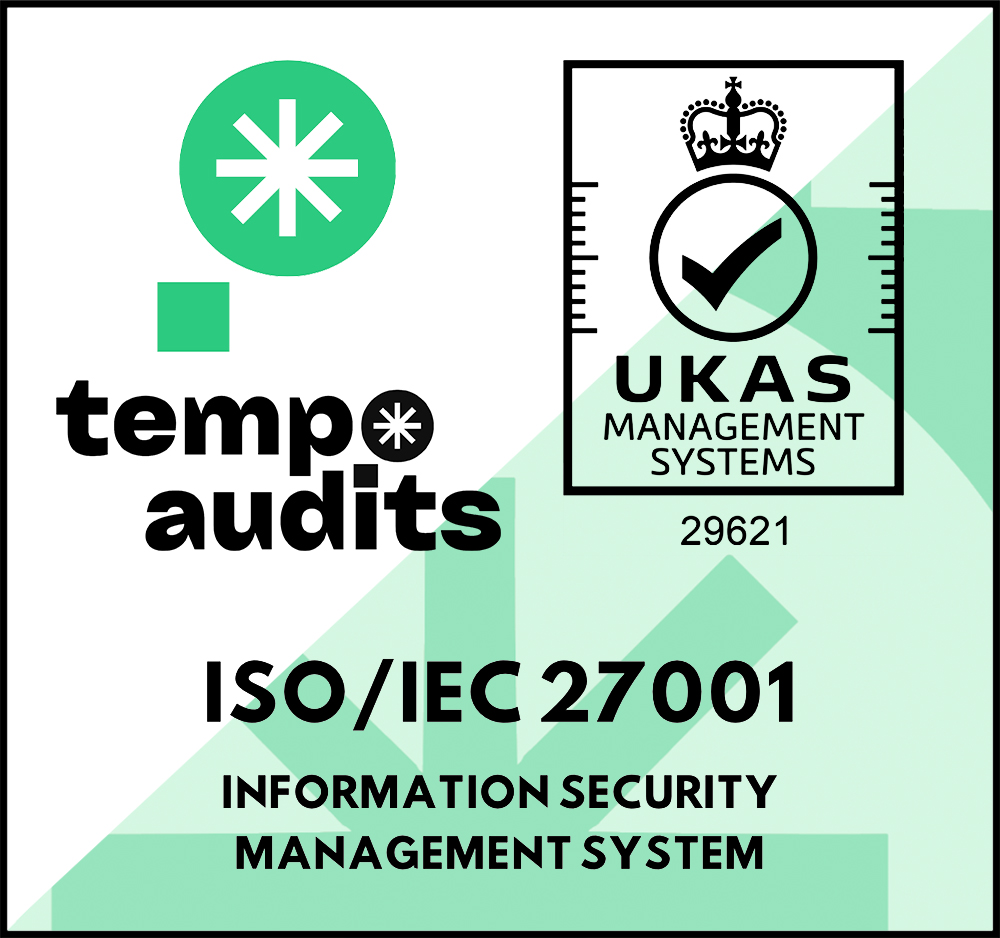
Incident Management is a Time Thief Unless You got the Right Tools
⏱️ In tech, effective incident management is crucial to ensure business continuity and minimize downtime. However, without the proper tools, this process can become a significant time thief, draining valuable resources and impacting overall productivity. Here's why:
Updated: Wednesday, 09 October 2024
Published: Friday, 14 June 2024
Incident Management is Time-Consuming
When I said that incident management can easily steal your time, I said so because it involves identifying, analyzing and resolving issues. In each of these steps, tech teams face various problems, such as:
Volume of Incidents
Modern IT environments are often bombarded with incidents ranging from minor bugs to major system failures. Managing this high volume without efficient tools can be overwhelming.
Diverse Systems and Environments
Organizations typically operate a mix of legacy systems, cloud services, and various software applications. This diversity complicates incident management, requiring more time to diagnose and resolve issues.
Coordination Across Teams
Effective incident management often requires coordination among multiple teams, including dev-ops, engineers and product managers. Without streamlined communication tools, this coordination can lead to delays and misunderstandings.
Manual Processes
Many organizations still rely on manual processes for incident logging, tracking, and resolution. This not only consumes time but also increases the likelihood of human error.
All the above mentioned topics ultimately create inefficiencies. However, it is crucial for you to master and overcome incidents a.s.a.p., otherwise you face far-reaching consequences for your business, such as:
Extended Downtime
Prolonged incidents lead to longer periods of downtime, which can cripple business operations and result in financial losses.
Deceased Productivity
IT staff and other employees waste valuable time dealing with incidents, reducing their ability to focus on strategic tasks.
Cusomter Dissatisfaction
Frequent and unresolved incidents degrades the user experience, leading to customer frustration and potential loss of business.
The Right Tools: A Game Changer for Efficiency
That being said, implementing the right tools for IT incident management will help you to significantly reduce the impact of incidents on you business. Here's how the right tooling will help you to become most efficient:
Automated Incident Detection and Logging
Advanced monitoring tools, such as Datadog or Grafana can automatically detect incidents and log them into the system.
Automated Alerting
As soon as the incident's severity surpasses a pre-defined threshold, All Quiet's industry-leading on-call alerting makes sure that the right persons in your tech teams are informed instantly.
Centralized Incidents
Centralizing incidents from different services of your tech stack in All Quiet provides a single pane of glass for incident management, offering visibility into all incidents and their status at one place. This helps in prioritizing and addressing the most critical issues promptly.
Integrated Communication
Our communication platform enables seamless collaboration among teams, ensuring everyone is on the same page and can work together efficiently. Automated escalations ensure that team members can focus on the main task, resolving the incident.
Conclusion
IT incident management is key for maintaining business operations. Without the right tools, however, it can become a significant time thief. By investing in advanced incident management tools, such as All Quiet, organizations can streamline their incident management processes, reduce downtime, and enhance overall productivity.
Recommended posts
-

Tuesday, 09 July 2024
How Terraform Simplifies Orchestrating All Quiet
🏋️ Handling incidents is tough. That's why All Quiet is easy to use. Learn how our Terraform provider simplifies and automates managing resources in All Quiet.
-

Thursday, 06 June 2024
Why Alerting Tools Reduce Stress for Stakeholders
🧘 Incident Management tools seem counterintuitive for reducing stress. After all, as a tech lead, getting a wake-up call at 2 a.m. because your server is down doesn't exactly improve your wellness in the first place.
Read all blog posts and learn about what's happening at All Quiet.
Product
Solutions
